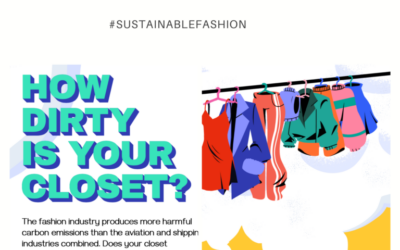The devastating legacy of the past 50 years in fashion is a bitter pill to swallow.
This week Kering published their biodiversity strategy. It is an inspirational plan and the right step forward to protect our planet.
But, it includes as well some hard and painful facts what our fashin addiction has cost us.
Three-quarters of terrestrial ecosystems are now “severely altered” as a result of human actions. We have lost 80% of the world’s wetlands.
At least 200 vertebrate species have gone extinct in the past 100 years.
During the short span between 1980 and 2000, humanity cut down 100 million hectares of tropical forest for agriculture, mainly to build cattle ranches in Latin America and palm oil plantations in South East Asia to meet surging global demand.
Less than 20 % of the world’s ancient forests remain in intact tracts large enough to maintain biological diversity.
Did you know that the impact of fast fashion on the degradation of rain-forests?
The first is where products, such as leather, are made as a result of deforestation and land clearing (Brazil and the Amazon are hit particularly hard here).
The second refers to products directly made from forests: man-made cellulose fabrics such as viscose, rayon and modal, as well as packaging.
“Three billion trees disappear into packaging every year,” notes Rycroft, “and 150 million trees disappear into viscose every year. That figure has doubled since 2013, and is slated to double again within the next five to eight years.”
-> Be aware that when you see viscose, rayon, modal, cupro, Tencel or lyocell, you should question where those wood-based fibres were sourced from.
* Remember that packaging also originates from forests.
-> SHOP BETTER AND SMARTER. Don’t just buy products that are made to last, but also look into ones that require fewer resources to produce.
-> And while you read this forests in Indonesia, Canada’s Boreal and temperate rainforests and the Amazon are being logged for next season’s fashion and apparel.
Now that you know this- will that make you change how you shop the next time?
Our shopping behaviour must change to this if we want to remain the little we have left:
1. Shop value
2. Shop quality
3. Shop with a purpose and make an impact.
The devastating legacy of the past 50 years in fashion can’t continue- we won’t have any tree and wildlife left.




0 Comments